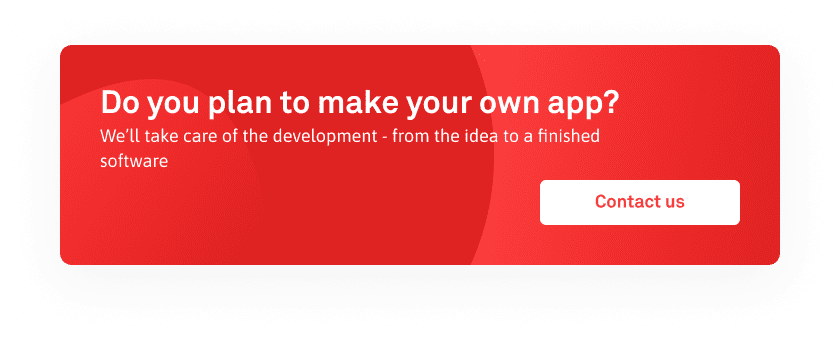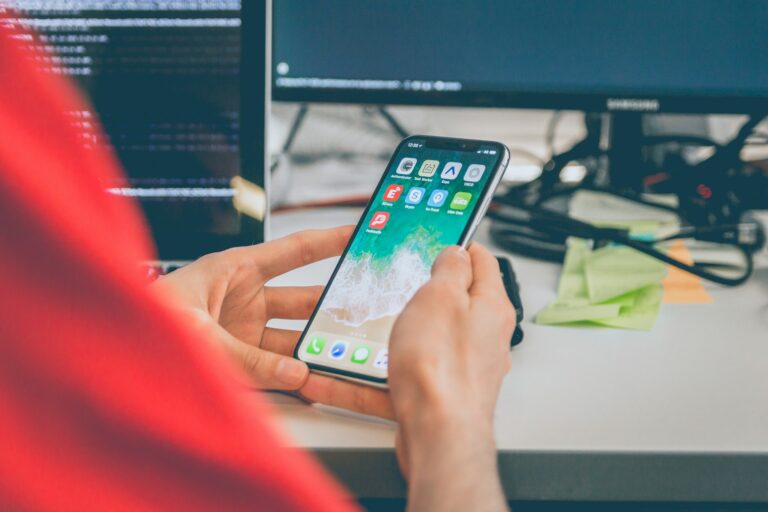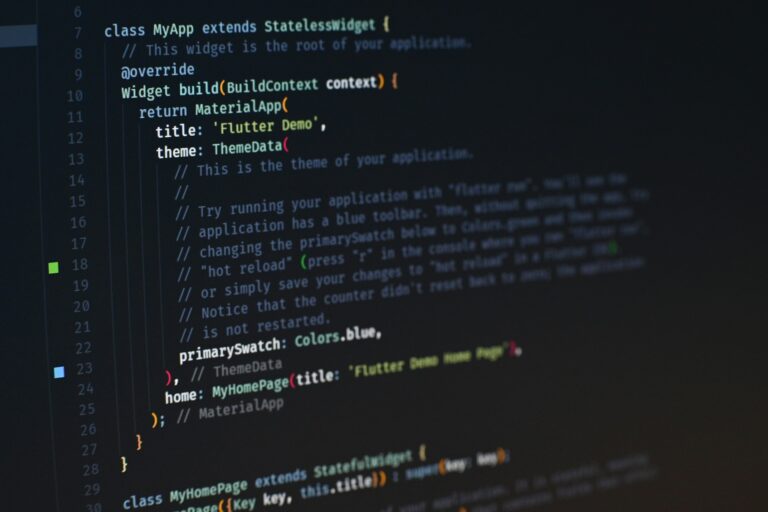If you have a software or app idea, chances are you would love to see nothing more than that idea turn into a reality. Unfortunately, most people that have this type of revelation won’t have the necessary knowledge or experience to create the app or software. To many, this will be the end of that journey. However, a development request for a proposal can be a great starting point for the project.
Others, however, will find a way to turn that idea into a real app or software program with a true and professional developer’s help. Taking this step in the development process is essential to the success of your project.
Of course, you’re not going to want to hire just any developer. Much like there’s a process when developing the app or software, there’s a process for finding the right developer. That’s one of the keys to making it all possible. While most people will have their unique way of doing this, a Request for Proposal is an effective way of getting started.
What’s the difference between an RFP, RFQ, and RFI?
A Development Request for Proposal is an official document created by you in hopes of gathering more information from potential developers. This will generally be filled out and sent back to the owner of the idea before you’ve made a final decision.
A Development Request for Proposal is essentially a detailed document explaining the requirements for the project. It will include information filled out by the owner of the idea and the developer. It’s largely being used to map out the project’s specifics and see if the two would be a good fit.
A Development Request for Proposal (RFP) shouldn’t be confused with a Request for Quote (RFQ) or Request for Information (RFI). An RFI will typically be used before a Development Request for Proposal to gain the necessary information required for the Development Request for Proposal. On the other hand, an RFQ will focus on the monetary aspect and give final pricing for the project.
Why should you write an RFP for your project?
A Development Request for Proposal does much more than make you look professional and ready to move forward with your project. It’s a chance for you to see exactly how potential developers plan on turning that idea into a reality.
As you can likely imagine, this will make it extremely easy to weed out the good developers from the great ones. By the time you sift through all the Development Request for Proposals, you’ll know who’s worth interviewing further. Where are some who you should completely forget about.
A Development Request for Proposal isn’t required – but it’s recommended if you want to ensure no stone is left unturned. Diligence is key throughout the development process, and it’s no different for the hiring process.
Putting Together the Development Request for Proposal
When writing a Development Request for Proposal, there will be two main parts to it. There’s a part you fill out for the developer and the part the developer fills out for you. Both are equally as important. The more detailed you are, the more detailed the developer can be.
To give you a better understanding of what should be included in a Development Request for Proposal, we’re going to look at both parts and detail each part’s necessary components.
Let’s take a look!
Your Time to Shine
The first part is the part you have to fill out. This part is to give the developer everything they need to know to fill out a proposal. It’ll detail the scope of the project, requirements, expectations, budget, and much more.
Here’s a list of things to include in the first half of a Development Request for Proposal:
- Project Summary – a brief summary of the overall project and what problem you’re attempting to solve.
- Company Info – information about yourself and the company you represent.
- Features – your app or software is going to have several key features to it, as well as supporting features. What are they?
- Competition – who are you competing with, is there any other app or software out there that solves the same problem?
- Target Audience – what does your typical buyer persona look like, and who do you hope to help with your idea?
- Platforms & Devices – do you want your app or software available on all devices and platforms, or are you targeting a specific one?
- Integrations – do you plan on having your app integrate with any third-party apps or programs?
- Goals & Outcomes – where do you see your app one year after its release?
- App Release – how and when do you plan on releasing your app?
- Monetization – do you have a monetization strategy in place for receiving a return on investment?
- Maintenance – do you have a maintenance strategy or any updates you know you’ll want to make with the app or software?
If you can accurately display detailed descriptions of the above points, you’ll give the developer all the information they need. It might seem like a lot, but the more details you provide the better.
The Developer’s Time to Shine
Now it’s the developer’s time to shine as they fill out their portion of the Development Request for Proposal. This is the information you’ll use when determining whether or not they’ll make a good fit working on your project.
It’s always best to list specific questions you’d like answered, as well as a section for the developer to list any additional comments they might have.
Let’s take a look at some of the things you should learn from the developer’s part of the Development Request for Proposal:
- Overview – you’ll want the developer to give a brief overview of their interest in your project and why they are taking the time to fill out the Development Request for Proposal.
- Experience – this is extremely crucial because you’re going to want a developer that has relevant experience.
- Services – a full list of services they provide will help you figure out what they’re capable of.
- Samples – if you want to get a clear look at what their past work looks like, request some samples of past projects.
- Philosophy – this will give you an idea of how they go about certain projects and their mindset heading into the project.
- Process – ask them what their typical process looks like from start to finish.
- Project Scope – get their thoughts and comments on the overall scope of the project. As well as ways they might be able to enhance your idea.
- Timeline – when do they plan on having a finished product for you and do they anticipate any drawbacks?
- Pricing – your budget is extremely important, so it’s important you get an idea of what that developer will cost you.
- Maintenance – is the developer going to be able to support your app beyond development and after the release?
As you can see, you’ll not only get a look at the developer’s background, but you’ll also get a detailed look at how they plan on fulfilling the proposal and what they can bring to the table. That’s why a Development Request for Proposal is highly essential to the success of your app or software.
Utilizing an RFP During the Hiring Process
Once you have the Development Request for Proposal created, it’s time to start sending out to possible vendors and developers. You’d be surprised at the amount of interest you’ll draw and will definitely be pleased with the quality of responses. Especially, no one will take the time to fill it out unless they’re interested.
The Development Request for Proposal process might take longer, but this can be avoided with the proper planning. You’ll want to give vendors a chance to fill out the Development Request for Proposal properly. However, it’ll help to provide them with an expected timetable for returning the Development Request for Proposal.
In addition to that, you’ll want to allow yourself enough time after that date is set before you actually start the project. There will be some extra interviews and more decisions to make before you make your official hire and development starts.
Now you have a much clearer idea of what a Development Request for Proposal is and how to get the most out of it. You can start to use it with our own app or software ideas!
Premium Image Downloaded from Freepik



